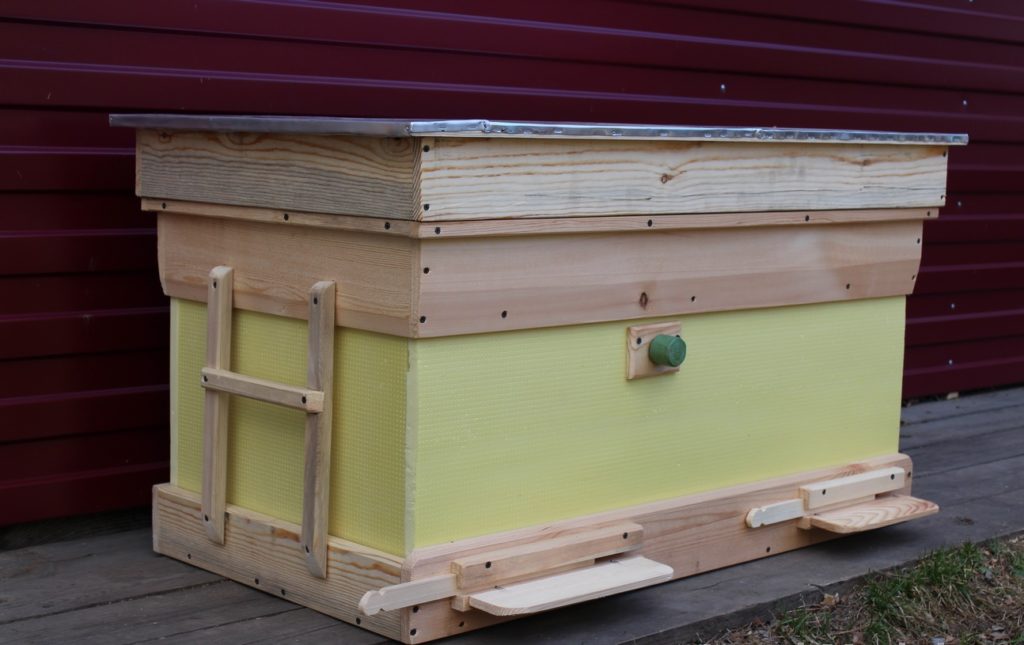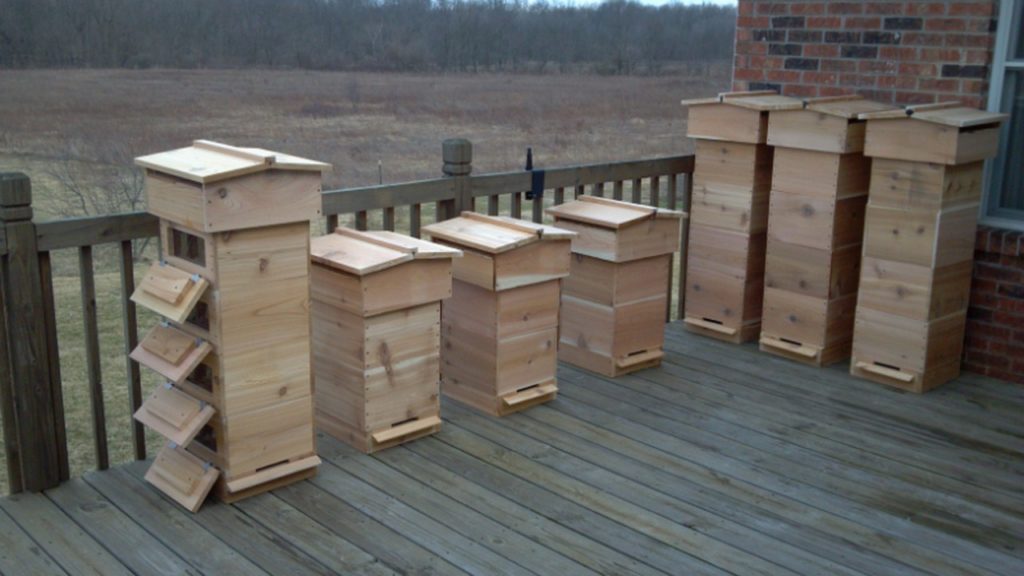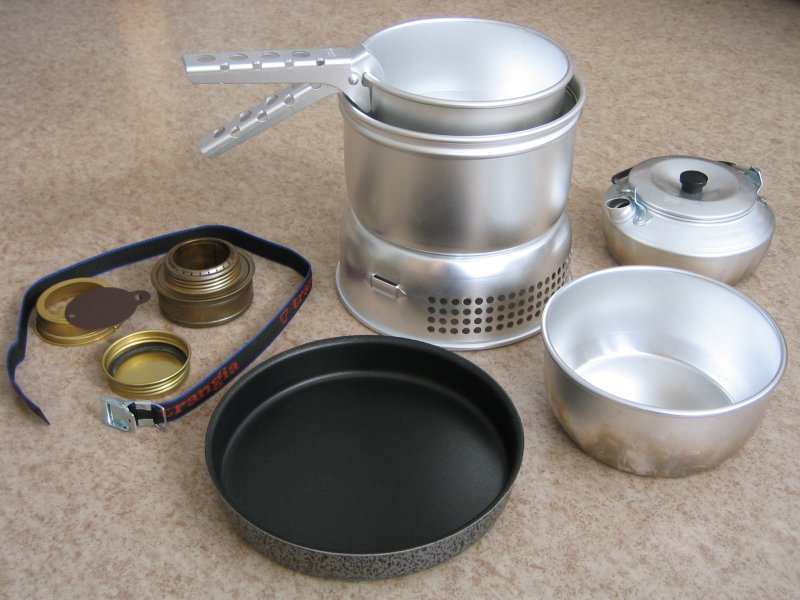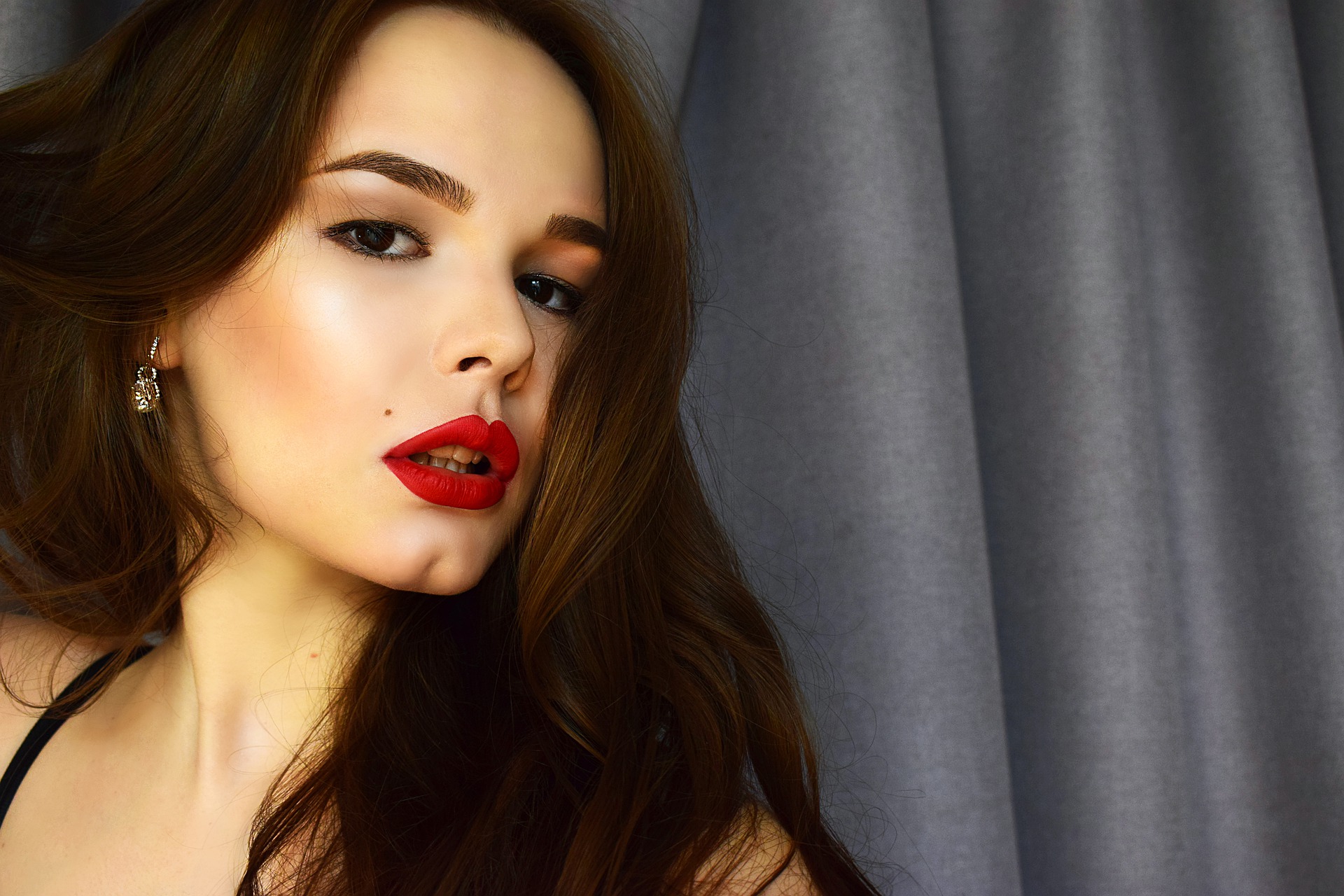Rating of the best bee hives for 2022

Owning your own apiary is a good help to gardeners and villagers. You can breed bees not only for yourself, but also put up products for sale. Of course, beekeeping requires good hives. The features of their choice will be discussed in this article.
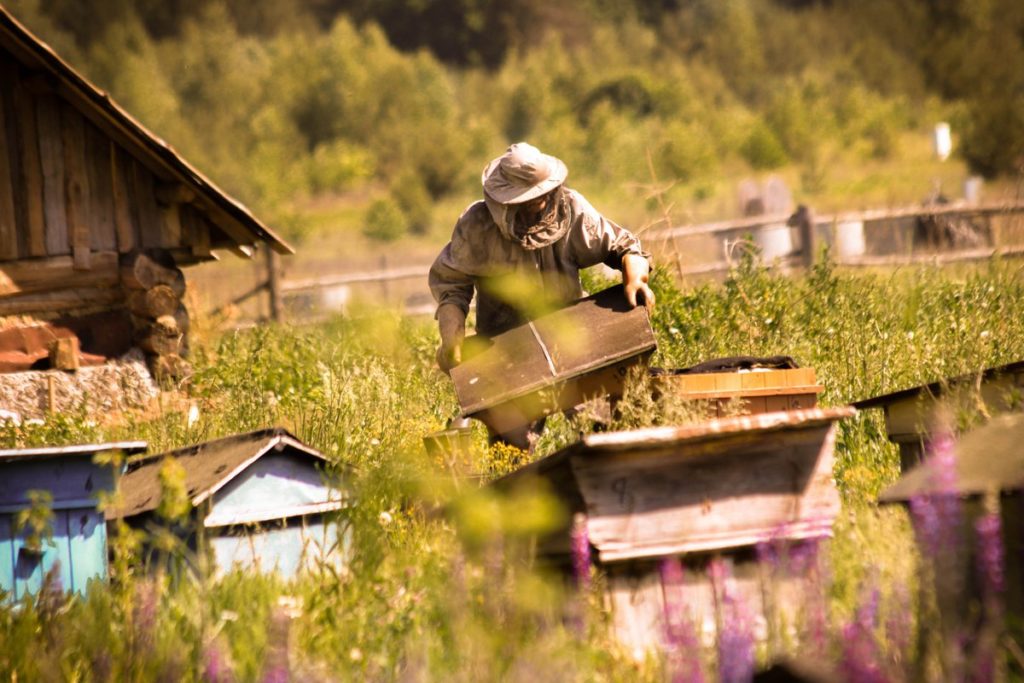
Content
hive types
In the modern world, almost everything can be chosen to your taste, for yourself. The hives are no exception: there are a lot of hives for sale with different characteristics to suit any requirement. "Houses" for bees differ:
- type of building;
- the material from which they are made;
- size (volume);
- the purpose for which they are used.
Bees need a good structure to function properly.By architecture, the hives are prefabricated and solid. Now mainly prefabricated are used. Previously, honeycombs in them were ruled, but gradually changed to frame ones. Several honeycomb frames are placed in one prefabricated hive, they can be removed and new ones added.
An important note: solid hives are almost never used in modern beekeeping, because. have a very inconvenient design.
The hives also differ in direction in space. They are:
- Horizontal. They can be expanded in both directions by adding additional frames. The design itself is rather large and bulky.
- Vertical. Increased by attaching top frames. They are quite mobile and light. Also inside there are several parts fenced off from each other, which allows you to increase the hive in any direction.
Hives can be used for several purposes, not only for bees to live in them:
- Experiments and experiences. For them, glass hives with closing shields are used.
- Residence of queens. The size of the frames in such hives is reduced in order to gather a family around the queen, which will fertilize her.
- The main goal of beekeepers is comb honey. Such hives consist of small frames with dense cells.
Important note: when working with hives of these types, there is no need to work with heavy elements. The large volume of the bee dwelling makes it possible to qualitatively protect it from the cold during the winter.

Hive Selection Criteria
When choosing a home for your striped workers, you need to pay attention to the following:
Region. If the area is not distinguished by high honey productivity, it is worth putting a single-hull hive. If, on the contrary, the indicator of honey production is high, you need to take recumbent or double-hulled bee dwellings. Important Features:
- Climatic and geographical features. If the area is subject to frequent autumn-spring frosts, warm double-walled hives should be placed in order to be able to leave them in the open for the winter.
- Apiary type. Everything is obvious here: if the apiary roams from place to place, for ease of movement it is better to use a model that is not cumbersome. If the apiary is "sedentary", the weight of the hives can be neglected - in this case it does not play a role.
These characteristics must be taken into account for beginners in beekeeping. In addition to them, ease of care and accessibility to all nodes of the bee house are also important.
How to choose a hive
Hives for beginner beekeepers
In the absence of experience in beekeeping, you can start with a simple vertical, single-hull hive. The usual set includes two ready-made 12-frame magazine extensions, from which it will be possible to collect honey for personal consumption, or sell it. The honey remaining in the nesting frames is food for the bees for the winter.
Hives for experienced beekeepers
Hives with more than 4 buildings are considered the most convenient and productive for stationary bee farms. Multi-hull hives mimic the natural habitat of bees. They can be built on at the height of the summer season to increase honey collection. Also, these hives allow you to make high-quality care for bee colonies, regulate their numbers, and prevent swarming.
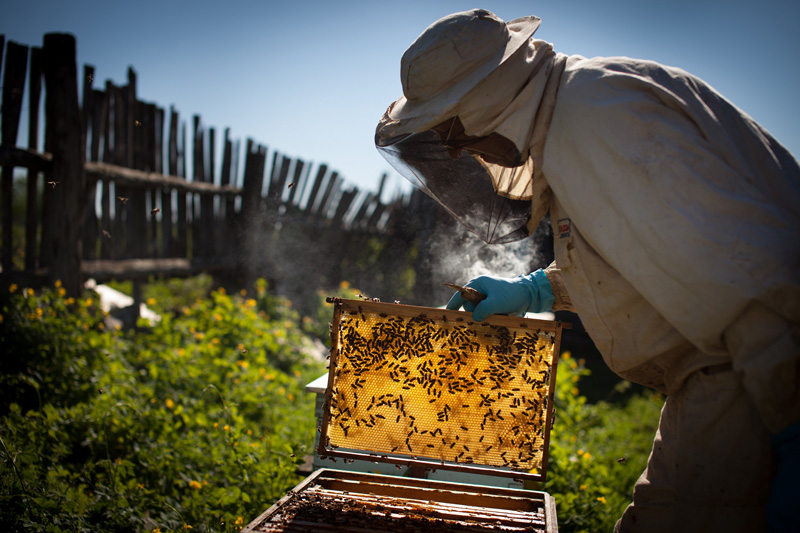
General overview of hives
When choosing the type of hive, you should focus on the conditions of the apiary: stationary or nomadic. And also for the personal needs of the beekeeper - honey is needed in a small amount for personal consumption, or the apiary will be a commercial enterprise and it is required to obtain the maximum possible volume of the product.
The Dadan-Blatt hive is one of the most popular with beginners.It is single or double hull and extremely versatile in use. One of its main disadvantages is the non-removable bottom and the relatively small size of the nest.
Dadan Double Hull
Hives of the Cebro and Alpine designs are multi-hull and are also widely used by beekeepers in various natural areas. Cebro performs very well in a continental climate with frosty winters and persistent summer heat.
The peculiarity of the hive of the French frameless type Varre is that the beekeeper requires minimal intervention in the life of bee colonies, the design itself is designed so that the hive itself is light in weight and allows a person with any physical characteristics to take care of it.
The American type Farrara hive can be easily upgraded for higher productivity. This is a multi-frame hive with a reduced frame size. Two bee families can live in such a hive at the same time.
When choosing hives, it is important to understand the size of the honey collection area in the area, and how weather and climate will affect the activity and productivity of the bees. You should not start with professional hives, which are difficult and costly to maintain. Beginning beekeepers should not buy a lot of bee colonies at once in the hope of a large honey collection. It is better to limit the first year to no more than 10 hives. When experience is accumulated, then the apiary can be expanded.
Rating of the best types of hives for 2022
sun lounger
This popular type of horizontal hive for stationary beekeeping should be considered separately, as it has a lot of advantages and few disadvantages.
Many beekeepers are sure that the sunbed is the most productive hive. Usually it includes from 20 to 24 frames. A hive with 16 frames is called a "recliner".Sun loungers are massive hives with a non-removable bottom, they can only be expanded in a horizontal direction, if necessary, attaching honeycombs from the sides. The size of the nest can be easily expanded or reduced using a special plug-in board. Starting from spring, it is convenient to keep two bee colonies in such a hive, completely isolated from each other by a blank partition. Usually on the facade of the hive there are two notches - the upper one is the lower one. There is no special need to make a landing board, because the bottom of the hive performs its functions.
The main parts of the lounger:
- hive ceiling;
- liner (can be folded);
- replaceable wooden partitions;
- opening roof with several holes for ventilation.
- no need to move the hive body;
- bees do not swarm in such a hive;
- easy access to bee colonies and facilitated care for them;
- layering is very conveniently formed;
- it is comfortable to keep two families in one sunbed;
- bees can increase their efforts at the time of honey collection.
- the insufficient height of the frames is just as inconvenient as in the Dadan-Blatt hives, and if you add magazine extensions, this will cause difficulties in caring for the hive;
- the development of bees in the spring will be more difficult than in the same vertical hives.
multi-hull hive
This is a design consisting of three main parts:
- Several buildings stacked on top of each other. Each case contains 10 frames and a removable bottom.
- Top coat or roof.
- Roof lining.
For the manufacture of a multi-hull hive, boards of soft wood species are used. The hive is made single-walled, with a standard frame size of 435 * 230mm. The design of each body consists of two main entrances and one additional, upper one. In the spring, when the bees come out of hibernation, the queen lives on the upper tier and lays her eggs there.Bees live in the middle, and the third tier serves as a prefix for laying honey. In the winter season, the uterus goes to the second level, and the upper one is filled with honey and used as a feeder for the whole season.
- low frame. The design is especially convenient for intermittent honey collection. It allows you to control the size of the nest and magazine. Bees build honeycombs faster, they practically do not break - neither when collecting honey, nor when transporting the structure.
- comfortable winter. The density of the club during the whole depends only on external factors. The club itself is formed at the lower levels, and as the levels are freed from feed, it moves up.
- early formation of families. In the spring, in a multi-hull hive, a favorable temperature regime is maintained, and suitable humidity in the brood part. For the uterus on the upper level, there are a huge number of cells for work, this allows families to develop faster.
- it is more convenient for bees to work. More free space helps the bees work harder. The bee family realizes its potential much faster and more efficiently.
- comb turnover, brood rearing, comb building and wax production increase. This reduces swarming.
- convenient honeycomb. Proper design helps to collect honey without disturbing the bees. This is due to the fact that the honey store is separated from the nest.
- easy repair. The multi-hull hive is easy to disinfect. It is not difficult to repair and paint without assistance;
- reduction of labor costs. The task is made easier for the beekeeper by working with cases rather than frames.
- lack of proper ventilation;
- complex work with cases with intensive beekeeping;
- work with frames due to lack of space, this increases the risk of stressful situations for the bees
- difficulties in breeding two or more families;
- frame building and colony preparation and swarming cannot be controlled due to the closed structure.
Styrofoam beehive
This is one of the most popular options for beginner beekeepers. Small costs for the purchase of material for construction, or a ready-made hive, can save a lot. It is ideal for a small apiary to learn the basics of beekeeping. And later, you can easily move on to more complex hives.
Important information! Styrofoam hives should not be placed in the sun. Since this material is deformed with prolonged exposure to direct sunlight. Keeping bees in such a hive will not work, and they will look for a new comfortable home.
- retains heat well, which means that there will be no dampness in winter;
- light weight with large dimensions;
- the appearance of fungi, mold is excluded, does not rot;
- easily replaceable inner parts of the hive.
- requires additional external fixation;
- the cost of updating the internal parts of the structure every few years.
Warre
This is the simplest hive, which is as close as possible to the natural home of bees due to the lack of frames. It consists of square cases, 30 cm wide, the cases are stacked on top of each other. In the summer, 2 cases are added to the bees, and they are removed for the winter. Rectangular planks, which will be the bases for the honeycombs, are attached to 2 walls looking at each other.
Due to the simple handling of this hive, it is often recommended for beginners. However, more experienced beekeepers warn that varre is highly susceptible to dampness. Dampness is the main enemy of bees in the winter.And the location of the notch at the very bottom makes it a convenient niche for the settlement of varroa mites.
Interesting fact! In folk medicine, not only honey and beeswax are valued, but also zabrus - these are peculiar caps of bee honeycombs. It has a positive effect on human health. Increases the body's immune response, improves complexion and cleanses the skin, helps to fight various viral diseases and the common cold faster.
- ease of construction;
- can be recommended for beginners.
- highly susceptible to moisture.
Beginner Tips
Longtime beekeepers share some great tips to help newbies prepare for different situations:
- The family of bees should easily endure the winter, which means that only strong colonies should be left.
- It is better to reject old families in advance.
- Each family should have at least 4-6 kg of honey. In the absence of honey, the uterus stops worming, and the bees throw out the baby. The May fee is best left, especially if supportive bribes are expected.
- To strengthen the family - at the exit, you can add 1-2 brood frames. There is another way - the replacement of families. Frames with bees are sprayed with water with drops of mint, and the queens are covered for the night. And they change frames with bees, a weak family for a strong one.
- Expand nests as needed. Overcoming long distances to a free cell, the uterus can lose up to 600 eggs per day. Timely expansion solves this problem.
- A small distance from the apiary. Bees bring all the nectar only at a distance of no more than a kilometer. Having flown 3 km, the bee loses up to 2/3 of the total nectar.
- To avoid swarming, it is necessary to control the seventh frame. There is a rule of the 7th frame.As soon as it is full, the beekeeper makes layering.
- The hive must be well ventilated so that it does not become damp in winter. Dampness has a negative effect on the condition of the bees.
- At the end of wintering, the condition of the family is checked, on average once every 12-14 days. If the food runs out, the club will be at the back wall. In such cases, top dressing is done so that there is enough honey until the end of wintering.
- Wintering is best done only within the habitable framework, reducing the nests. About 2 kg of honey should be left for each street. It is better to leave more honey.
Breeding bees is not as difficult as it seems at first glance. Advice from experienced beekeepers will always help. Beekeeping can become a favorite hobby, because it is not only work with bees, it is also solitude with nature. Such an activity will give strength, energy and health.
new entries
Categories
Useful
Popular Articles
-

Top ranking of the best and cheapest scooters up to 50cc in 2022
Views: 131651 -

Rating of the best soundproofing materials for an apartment in 2022
Views: 127691 -

Rating of cheap analogues of expensive medicines for flu and colds for 2022
Views: 124519 -

The best men's sneakers in 2022
Views: 124033 -

The Best Complex Vitamins in 2022
Views: 121940 -

Top ranking of the best smartwatches 2022 - price-quality ratio
Views: 114980 -

The best paint for gray hair - top rating 2022
Views: 113395 -

Ranking of the best wood paints for interior work in 2022
Views: 110319 -

Rating of the best spinning reels in 2022
Views: 105329 -

Ranking of the best sex dolls for men for 2022
Views: 104366 -

Ranking of the best action cameras from China in 2022
Views: 102216 -

The most effective calcium preparations for adults and children in 2022
Views: 102011
